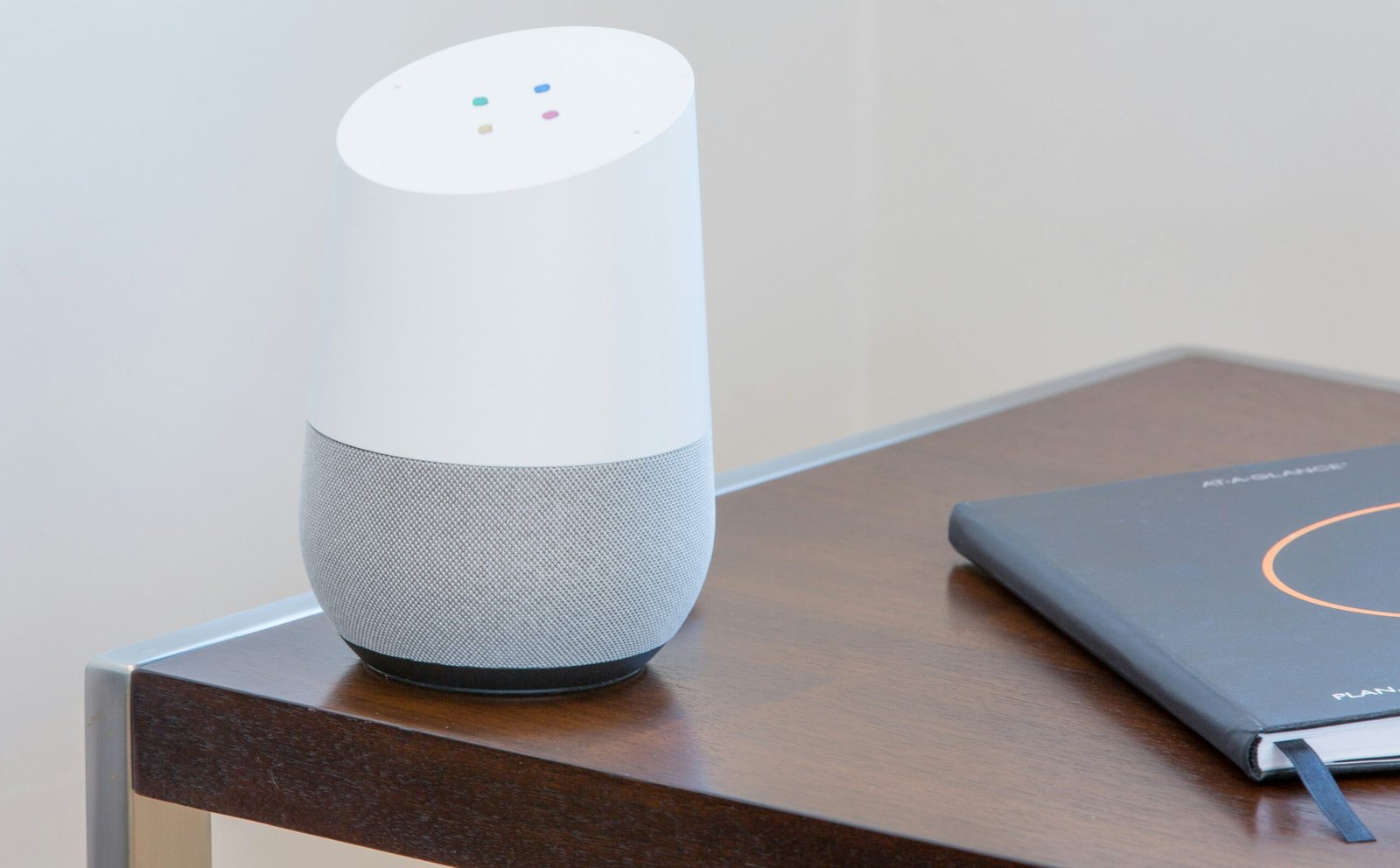Welcome to the future of home living! In today’s fast-paced world, technology has made its way into every aspect of our lives, including our homes. With the advancement of home automation systems, you can now transform your space into an efficient, connected haven. From smart lighting to security, this guide will take you through the step-by-step process of setting up a home automation system.
The Benefits of Home Automation
Before we dive into the nitty-gritty details, let’s take a moment to understand the benefits of home automation. By automating your home, you can simplify and streamline daily tasks, making your life easier and more convenient. Imagine being able to control your lights, thermostat, and security system with just a few taps on your smartphone or through voice commands. Home automation allows you to do just that and more.
One of the key advantages of home automation is energy efficiency. With smart lighting and thermostats, you can easily manage your energy consumption and reduce your utility bills. You can also enhance the security of your home by integrating smart locks, cameras, and alarm systems, giving you peace of mind whether you’re at home or away.
Step-by-Step Guide to Setting Up a Home Automation System
Now that you understand the benefits, let’s get started on setting up your home automation system. Follow these steps to create a personalized haven that suits your preferences and enhances your daily life:
1. Define Your Goals and Priorities
Start by identifying your goals and priorities. What aspects of your home do you want to automate? Do you prioritize energy efficiency, security, or convenience? Understanding your objectives will help you make informed decisions when selecting devices and systems.
2. Research and Select Compatible Devices
Next, research the different devices available in the market and choose ones that are compatible with each other. Look for devices that align with your goals and preferences. For example, if energy efficiency is a priority, opt for smart thermostats and LED bulbs. If security is a concern, consider smart locks and security cameras.
3. Choose a Central Hub
A central hub is the brain of your home automation system. It allows you to control and manage all your devices from a single interface. Research different hubs available in the market and choose one that is compatible with your selected devices.
4. Set Up and Connect Your Devices
Follow the manufacturer’s instructions to set up and connect your devices to the central hub. This may involve downloading specific apps, connecting to your home’s Wi-Fi network, and creating user accounts. Take your time to ensure each device is properly connected and functioning.
5. Customize and Automate
Once your devices are connected, it’s time to customize and automate your home automation system. Use the central hub’s interface to create schedules, set up routines, and personalize your settings. For example, you can schedule your lights to turn on and off at specific times or create a routine that activates your security system when you leave the house.
6. Test and Troubleshoot
After customization, it’s important to test your system and troubleshoot any issues that may arise. Make sure all devices are responding correctly and that automation is working as intended. If you encounter any problems, refer to the manufacturer’s troubleshooting guide or seek assistance from customer support.
Conclusion
Home automation systems offer a world of possibilities when it comes to transforming your living space into a smart, connected haven. By following this step-by-step guide, you can set up a home automation system that suits your needs and preferences. From energy efficiency to enhanced security, home automation can elevate your lifestyle and make daily tasks simpler. Embrace the future of living and enjoy the convenience and comfort of a truly intelligent home.
